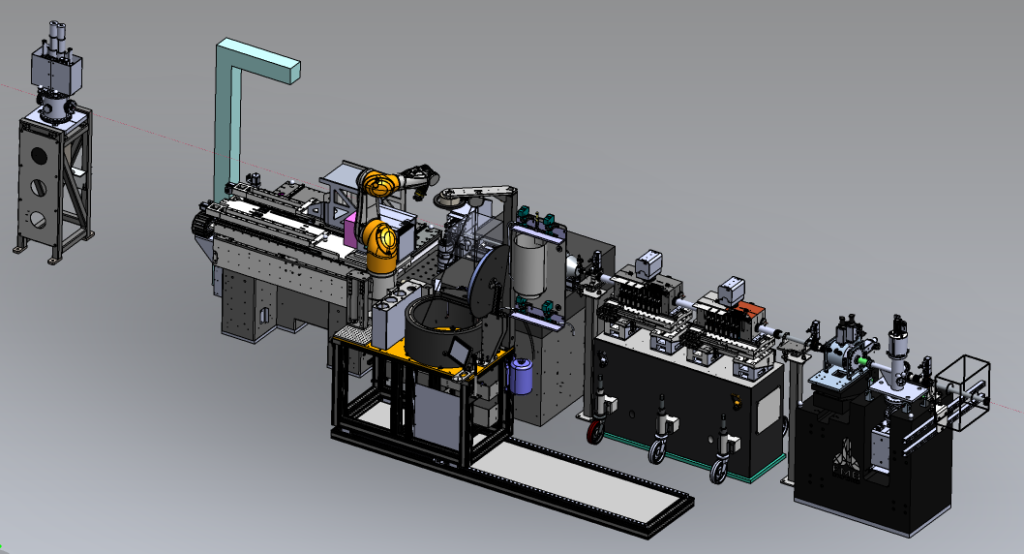
MicroMAX combines three important aspects of structure determination: structures from macromolecules that can only be crystallised in the form of microcrystals, room temperature structures, and time resolved structures down to the micro- or millisecond timescale.
MicroMAX is a dedicated macromolecular crystallography beamline that will deliver exceptional micro-focus, achieving a focal spot as small as 1 μm2, which is two orders of magnitude lower than that delivered by BioMAX (planned for 2026 with focusing mirrors, the initial X-ray lens focusing is down to 10 x 5 μm2). In monochromatic mode, MicroMAX can deliver an X-ray beam with > 1013 X-ray photons per second at the sample position. When using multilayer optics, MicroMAX can provide a polychromatic X-ray beam (ΔE/E ~ 0.4% or 1 %) delivering > 1014 X-ray photons per second.
By combining the unique beam properties with a flexible design of the experimental station, the MicroMAX beamline will, when in full operation, offer a unique and first-class platform for probing protein structure in a time-resolved fashion. In terms of sample delivery, MicroMAX supports not only rotational data collection, but also various serial crystallography schemes including fixed-target and injector-based techniques such as high viscous extruder (HVE) injector and different capillary based devices. MicroMAX is designed to easily accept new developments in technology for sample delivery and manipulation.
MicroMAX will also create a bridge between synchrotron and XFEL radiation sources.
The experiment setup has a beam conditioning unit (with a microsecond chopper), a sample table (supporting the MD3-UP diffractometer), an ISARA sample changer, nanosecond laser, a detector stage housing two detectors that can be easily exchanged.
The diffractometer is used for rotational crystallography but also for fixed-target serial crystallography. Thanks to inhouse 3D-printing it can be easily adapted to support different injector-based sample delivery systems.
The sample changer can store up to 464 SPINE sample holders and automatically mount and umount samples to the MD3-UP diffractometer.
The nanoseconds laser system (Ekspla NT-230) can deliver short laser pulse of 3 ns with up to 100 Hz repetition rate and the wavelength is tunable over a broad spectral range, 210 – 2600 nm.
The detector stage has two area detectors, an Eiger2 X CdTe 9M photon-counting detector and a Jungfrau 9M integrating detector (not available during September 2025 – September 2026).
In addition, MicroMAX is equipped with a UV/vis spectroscopy setup, which is available for offline UV/vis measurements in the wavelength range 300 – 1000nm.